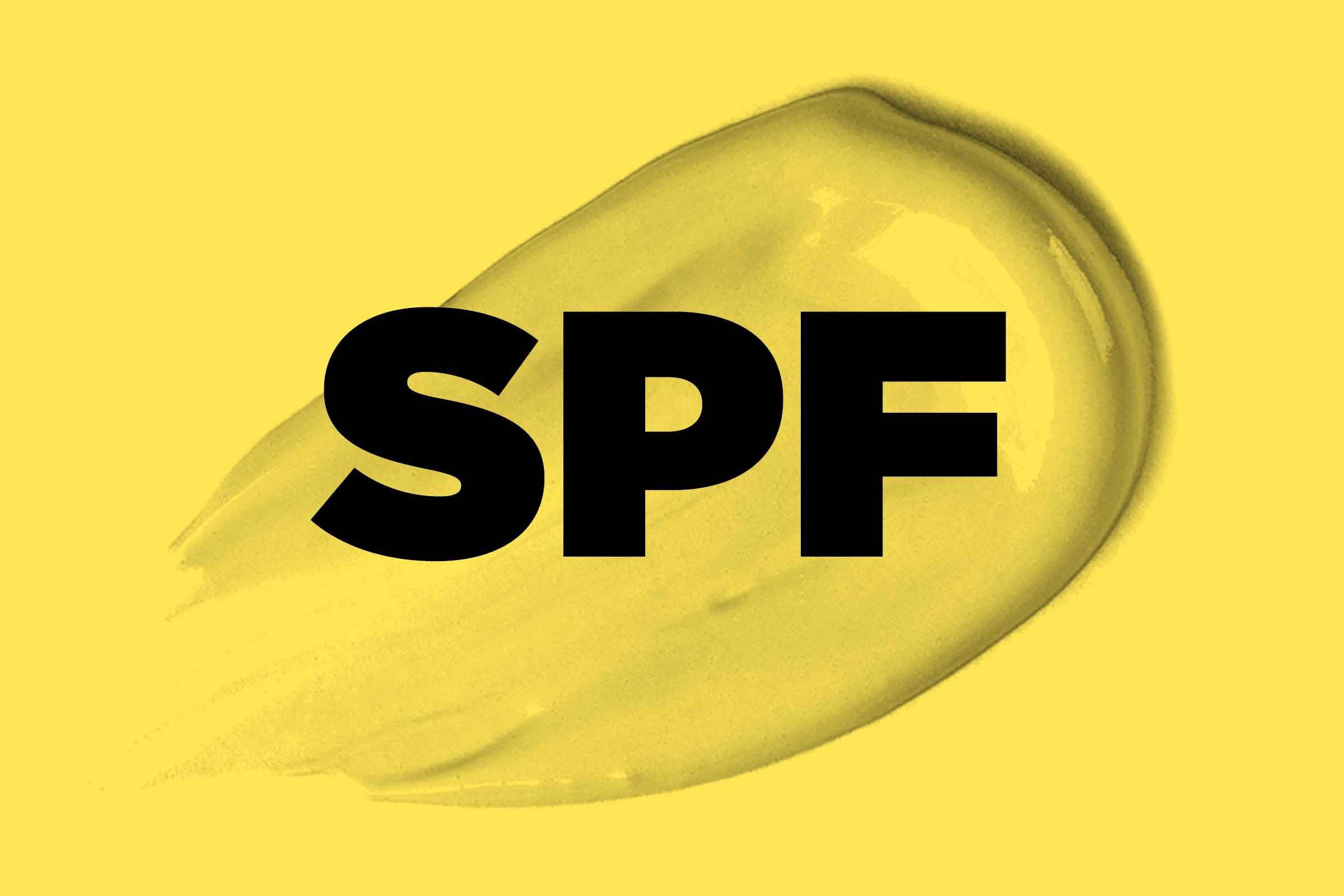
SPF: A measure of how long it would take skin to burn
The sun protection factor of a sunscreen indicates how long it would take for your skin to burn when using the product compared to how long your bare skin would take. For instance, when you wear a sunscreen with SPF 15, your skin will take 15 times longer to turn red than it would without any sunscreen. A higher SPF might not give as much additional protection as you’d think though. SPF 30 blocks 97 percent of UVB rays, while SPF 50 blocks 98 percent. Only SPF 15 and higher has been shown to reduce cancer risk and prevent premature skin aging, but the FDA says there’s no evidence that anything higher than SPF 50 will protect you any better. Believing these sunscreen myths could sabotage your skin.
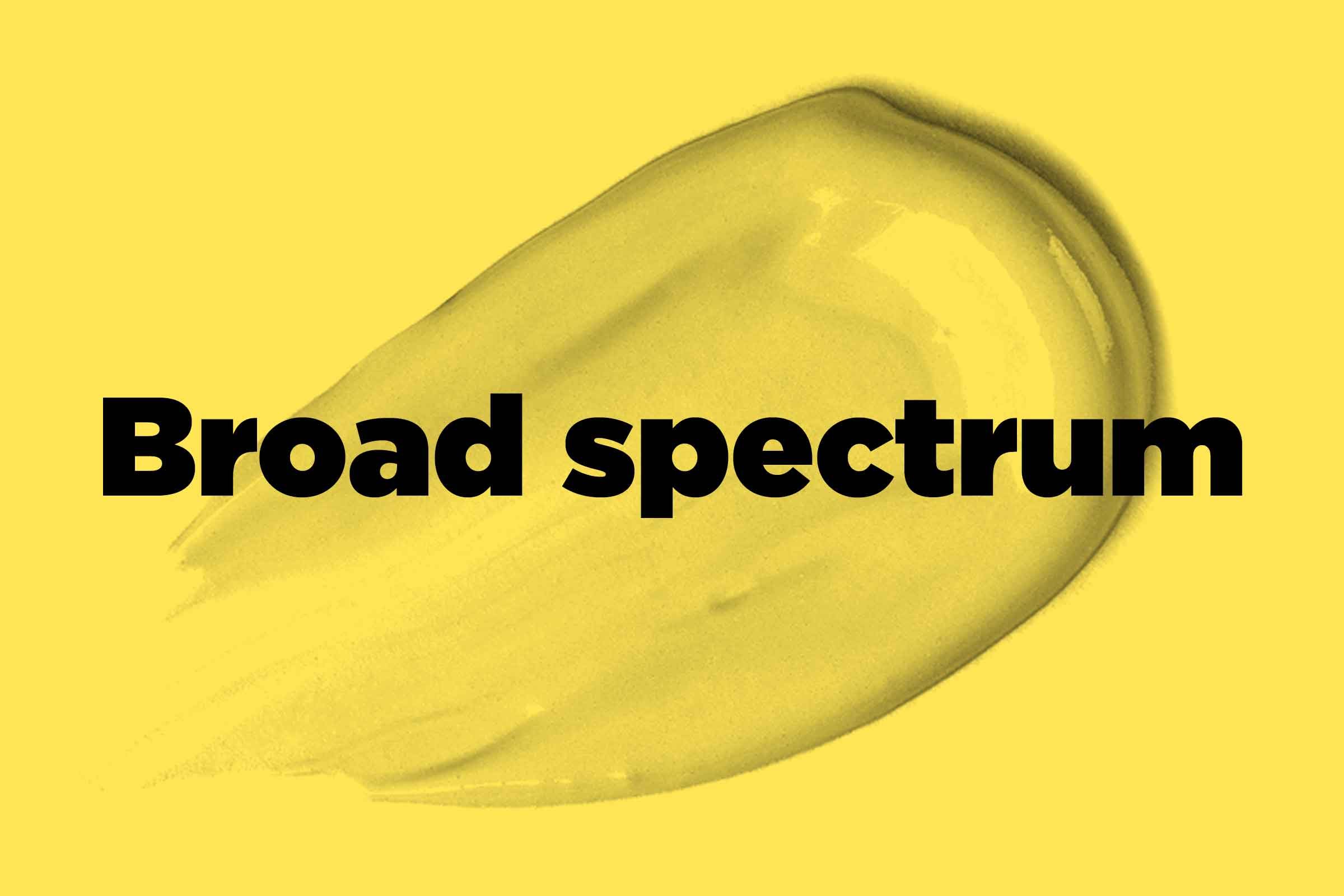
Broad spectrum: Blocks UVA and UVB
The FDA lets products use the term “broad spectrum” if they protect against both ultraviolet B and ultraviolet A radiation. Most sunburn is caused by UVB, but both types can cause sunburn, skin cancer, and skin aging. You might not realize you’re making these sunscreen mistakes.
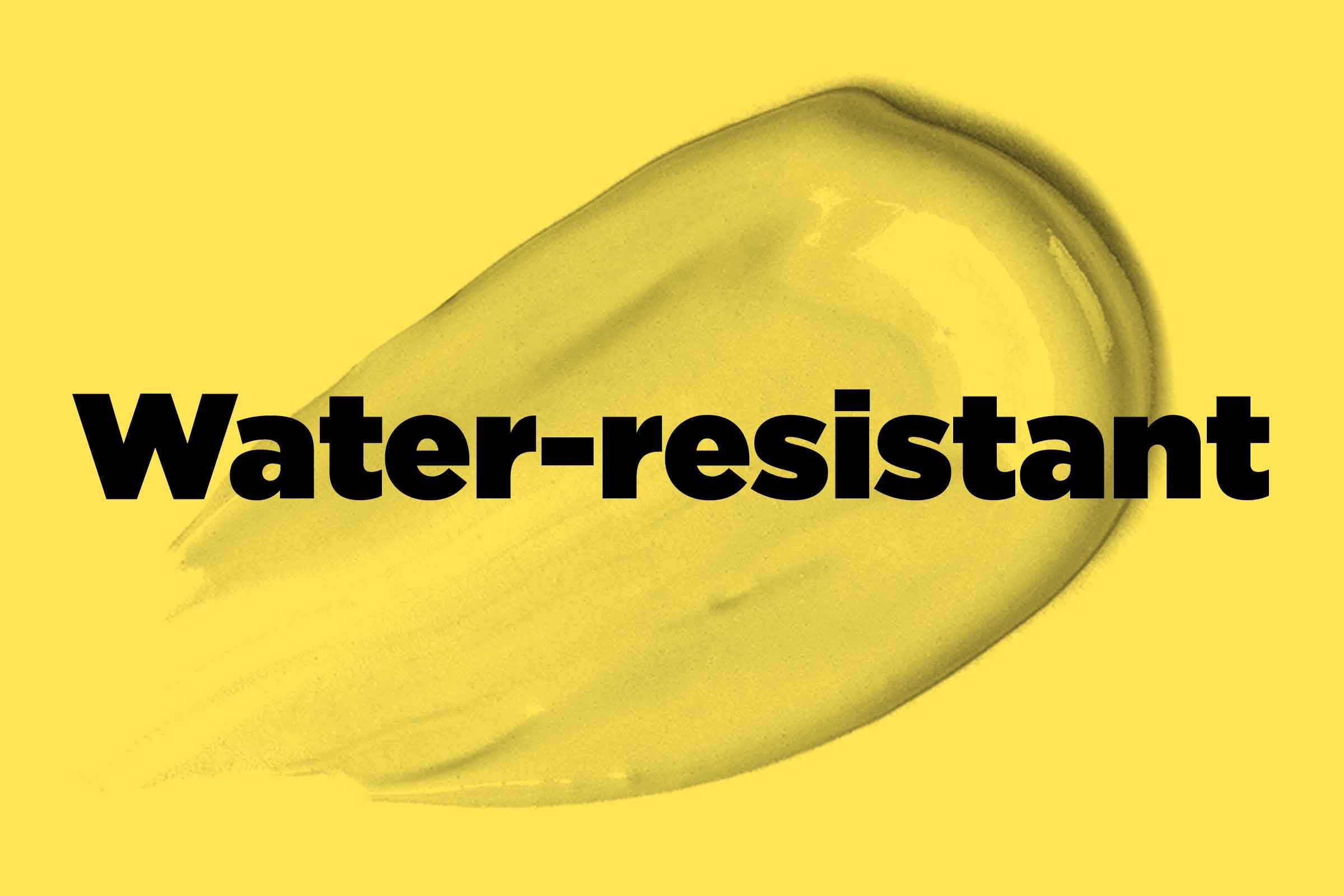
Water-resistant: Repels water in lab tests
No sunscreen can claim to be completely waterproof, but a product can say it’s water-resistant for 40 or 80 minutes. To test for water resistance, companies have volunteers sit in a lab version of a hot tub for the claimed amount of time. If testers find the product didn’t wash off or become ineffective for ten volunteers, the label can claim water resistance.
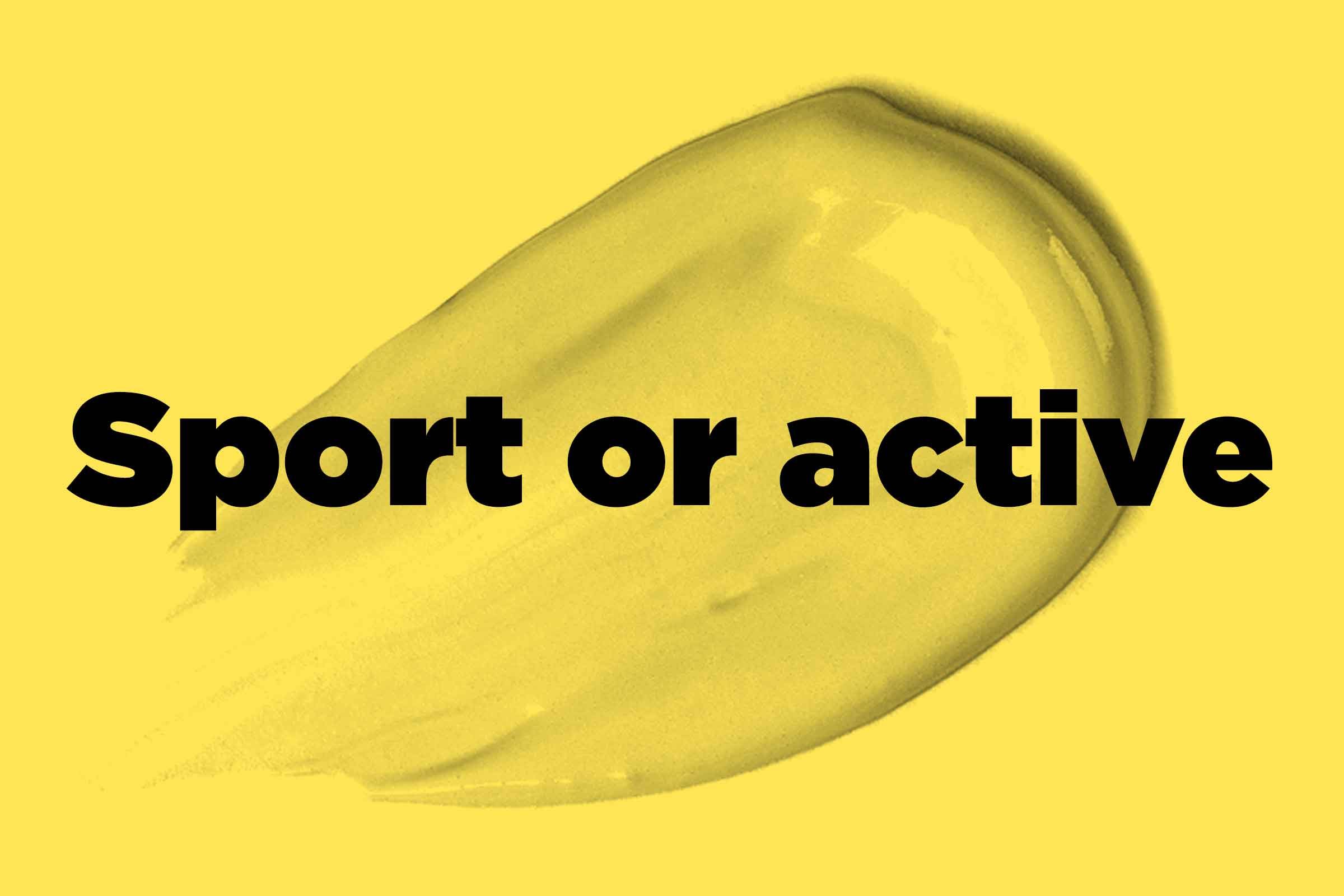
Sport or active: Definition depends on the brand
The FDA doesn’t regulate this term, but it usually indicates water resistance that keeps your sunscreen from washing away as you sweat. The term could also mean it’s less likely to irritate your eyes or uses a cooling agent, so check the label to see how the brand defines it.
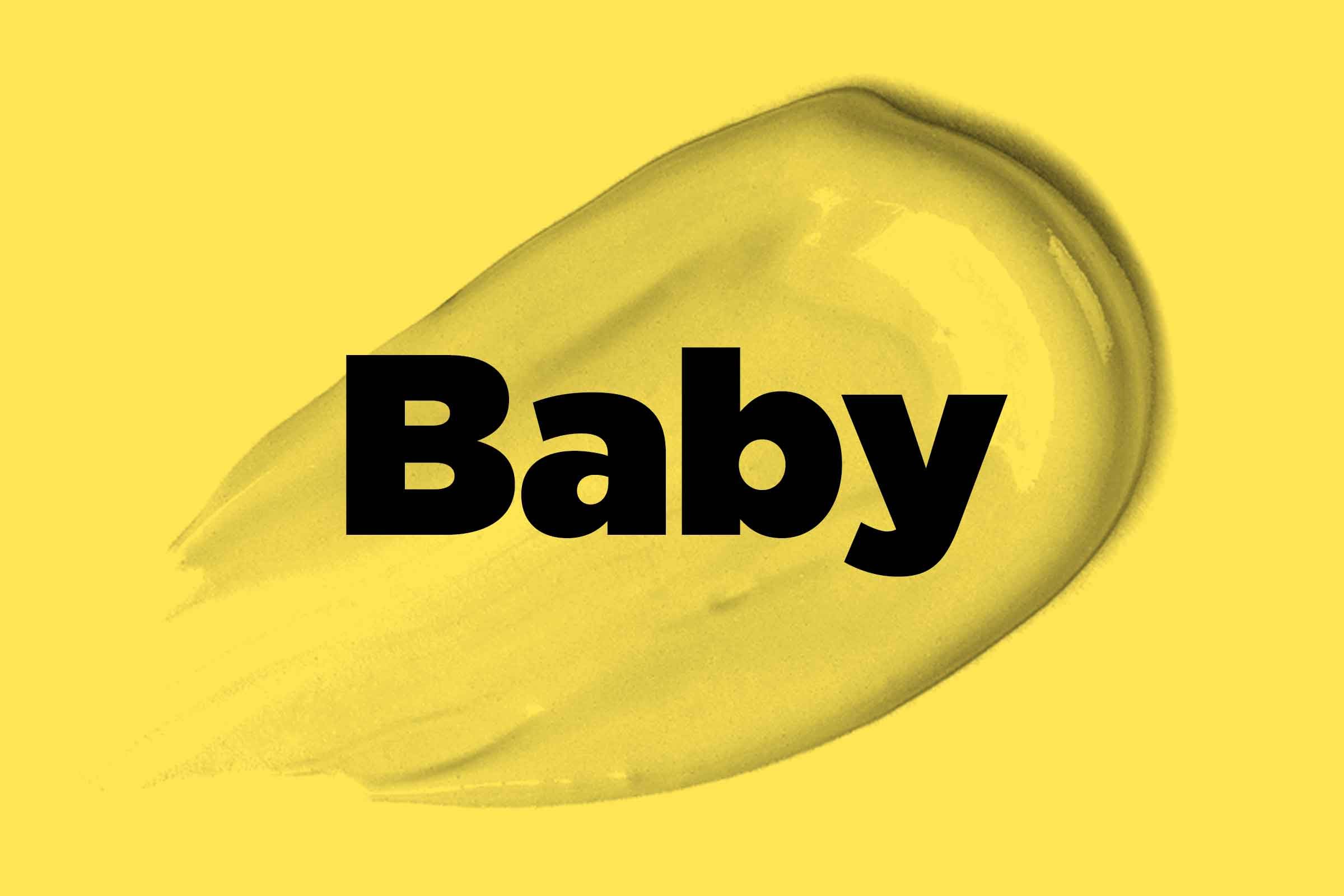
Baby: Uses physical blockers
Although the term isn’t FDA-regulated, baby sunscreens typically only use titanium dioxide and zinc oxide as active ingredients, which are less likely to irritate sensitive skin. Still, avoid using sunscreen on children six months or younger, and opt to keep them covered in long sleeves, pants, sunglasses, and hats instead.
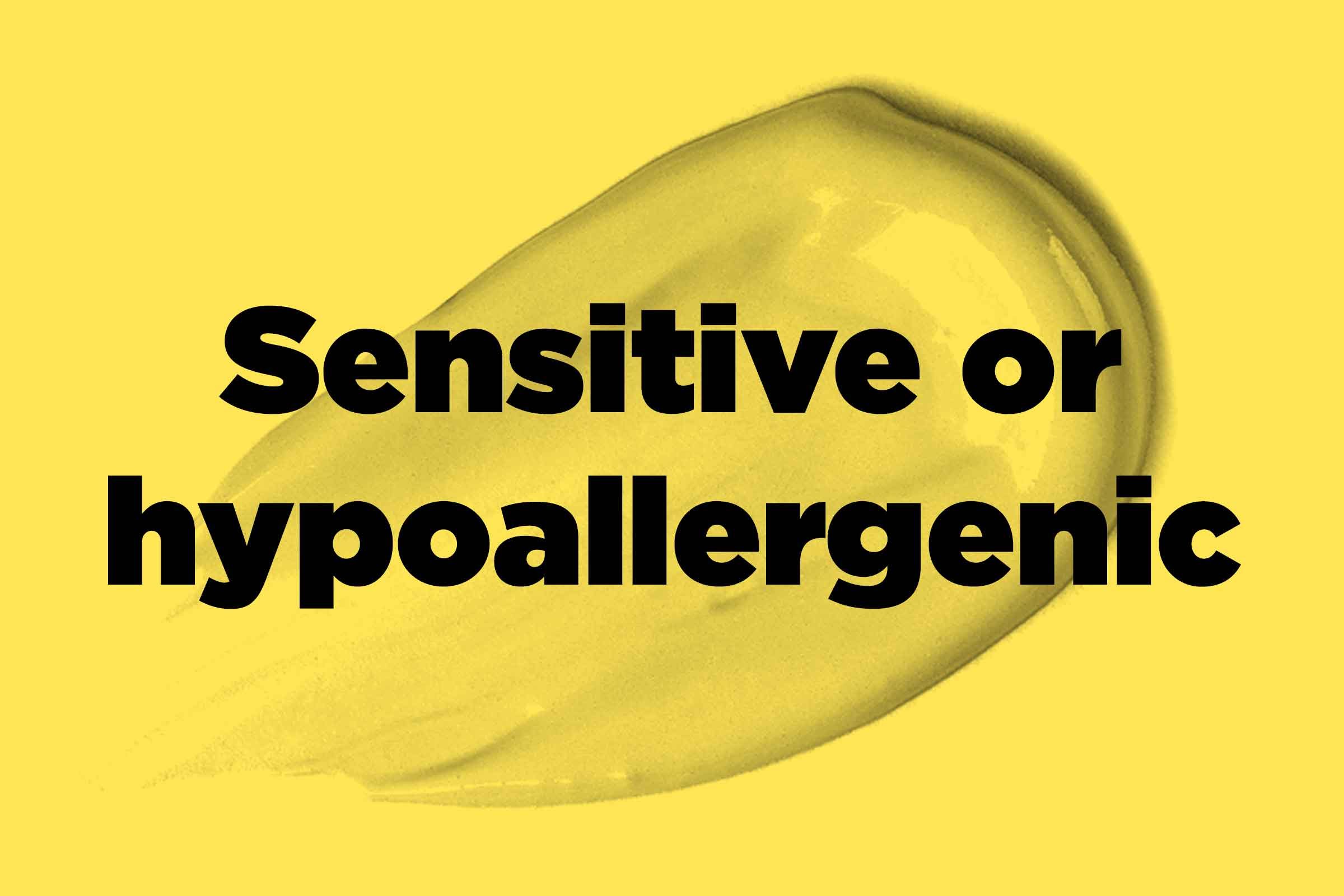
Sensitive or hypoallergenic: No guarantee against reaction
This label comes from companies’ tests, not FDA ones. Some brands test certain formulas on people with rosacea or sensitive skin and gauge for irritation or inflammation. Many of these products have the same active and inactive ingredients as others from the same brand but are more expensive, and there’s no guarantee against reaction. Here are weird ways sun affects your body.
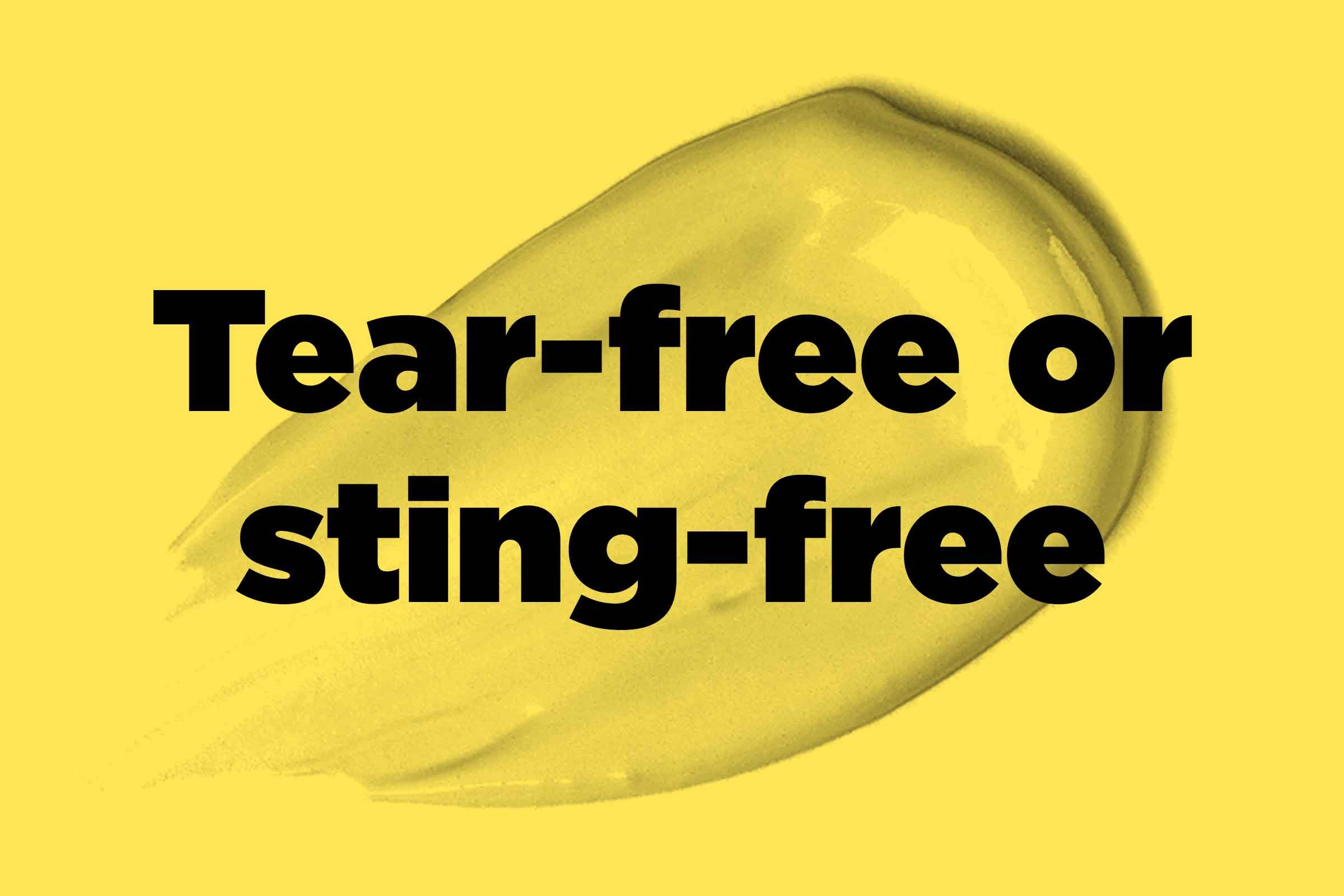
Tear-free or sting-free: Lacks potentially irritating ingredients
Some of these products don’t include moisturizers or cooling agents, which can irritate the eyes. Others put either sunscreen or a nonirritating eye solution in volunteers’ eyes, and use the label if the groups have the same results. Products that say they “won’t run into eyes” typically use chemicals to help the product stay in place when you apply it, but it could still hurt if it gets in your eyes.
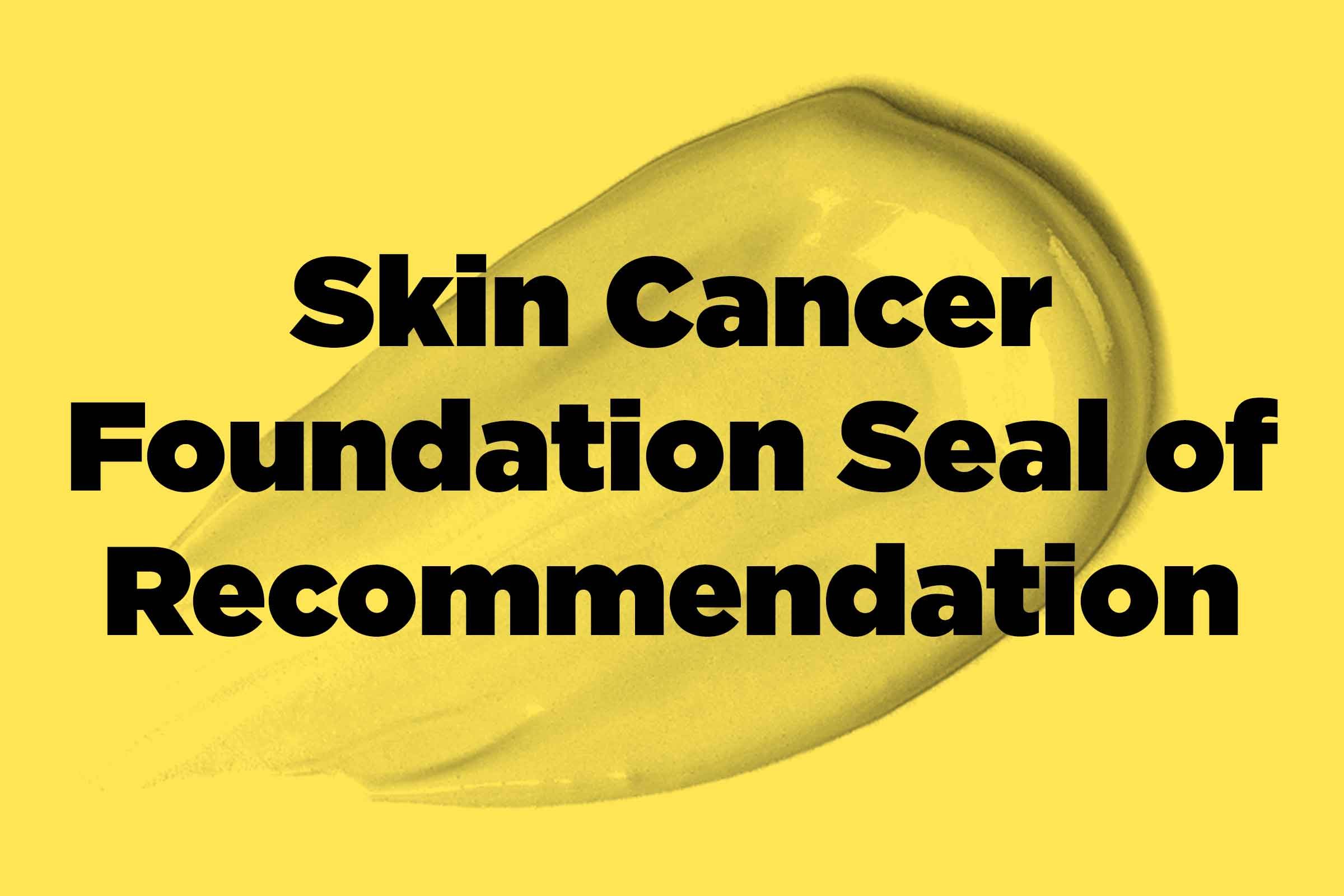
Skin Cancer Foundation Seal of Recommendation: Extra rounds of testing
The Skin Cancer Foundation is a non-profit organization that recommends sunscreens for “Daily Use” (for short time in the sun, like walking to your car) or “Active” situations (for long periods of time outside). Sunscreens with these seals have gone through two non-FDA tests to check for allergic reactions and rashes through contact irritancy, which happens before sun exposure, and phototoxicity, which shows up after UV exposure. Read this to find out skin cancer signs you might be ignoring.
Sources: fda.gov, skincancer.org, aad.org, consumerreports.org